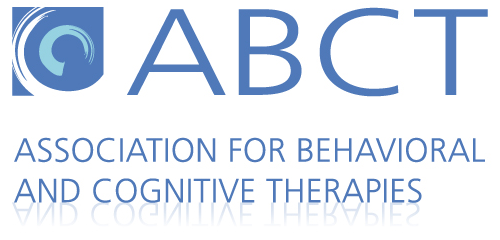Severe Mood Swings & Bipolar Spectrum Disorders
Created on August 5, 2017. Last updated on March 6th, 2024 at 04:53 pm

Take me to the effective therapies for bipolar spectrum disorder and severe mood swings
Mood swings and bursts of rage that are severe (or not normal) are two signs of child and adolescent bipolar spectrum disorder and disruptive mood dysregulation disorder.
What are Bipolar Spectrum Disorders?
Bipolar spectrum disorders (BPSD) cause extreme changes in a child’s mood that range from depressive “lows” (significant sadness) to manic “highs” (which usually include feeling extreme happiness, excitement, or anger). It is important to note that these moods are more intense than normal responses to life events, show a change from the child’s normal behavior, are not caused by other medications or health issues, and cause problems in daily activities (e.g., in getting along with family, friends and teachers, or with schoolwork).
- Bipolar 1 means having a “full” mania and usually a “full” depression over time
- Bipolar 2 means having hypomania (or some mania) and a “full” depression
- Cyclothymia means having months or years of some hypomania and minor depression, often going back and forth quickly
- “OSBARD” or other bipolar and related disorder, refers to a lot of symptoms of mania and depression that do not fit into one of the three other categories
What are the Symptoms of Bipolar Spectrum Disorders?
Both depression and mania include big changes in energy and activity as well as mood.
Depressive symptoms of BPSD can include sadness, irritability, annoyance, inability to enjoy one’s usual activities, changes in eating or weight, sleeping too much or too little, trouble with focusing, being restless or tired, feeling worthless or guilty, and having thoughts about death or suicide.
Manic symptoms of BPSD can include feeling “too high” or very irritable, unrealistic self-esteem, needing less sleep than normal but still feeling energetic, talking more or faster than normal, changing the topic of conversation so quickly or often that it makes it hard to communicate, feeling that one’s thoughts are “racing”, being distracted, problems sitting still, an unusual need to start an activity or pursue goals (e.g., excessive cleaning, making clearly unrealistic plans), and engaging in risky or dangerous behaviors (e.g., riding a bike on the highway, inappropriate sexual behaviors).
What is Disruptive Mood Dysregulation Disorder?
Disruptive mood dysregulation disorder (DMDD) is caused by extreme outbursts that are not normal for the situation in intensity or length of time. These outbursts usually happen three or more times each week for one year or more. Between outbursts, children often are irritable or in an angry mood for most of the day.
Effective Therapies for Bipolar Disorder and Severe Mood Swings
As can be seen below, family psychoeducation plus skill building currently is the best-proven treatment of children and adolescents with BPSD. Treatment studies are not yet available for DMDD; it is suggested that a combination of treatments that are effective for depression and oppositional behavior will be beneficial for this disorder.
The chart below includes more information on the different evidence-based child and adolescent therapies for BPSD. These therapies have been tested by researchers and clinical child and adolescent psychologists, and ranked based on the evidence that shows how effective they have been in the treatment of BPSD.
Please note, medication should be considered first in treating Bipolar 1 in youth; additional information can be found here.
| Level One: Works Well |
|
| Level Two: Works |
|
| Level Three: Might Work |
|
| Level Four: Experimental |
|
| Level Five: Tested and Does Not Work |
|
To find out more about how these treatment levels are defined, click here.
Source(s): Brickman, H.M. & Fristad, M.A. (2022). Psychosocial treatments for bipolar disorder in children and adolescents. Annual Review of Clinical Psychology, 18, 291-327. https://doi.org/10.1146/annurev-clinpsy-072220-021237
Fristad, M.A., (2016). Evidence-based psychotherapies and nutritional interventions for children with bipolar spectrum disorders and their families. The Journal of Clinical Psychiatry, 77(suppl 3):e04. https://doi.org/10.4088/jcp.15017su1c.04
Fristad, M.A., & MacPherson, H.A., (2014). Evidence-based psychosocial treatments for child and adolescent bipolar spectrum disorders. Journal of Clinical Child and Adolescent Psychology, 43(3), 339-355. https://doi.org/10.1080/15374416.2013.822309
McClellan, J., Kowatch, R., & Findling, R.L. (2007). Practice parameter for the assessment and treatment of children and adolescents with bipolar disorder. Journal of the American Academy of Child and Adolescent Psychiatry, 46(1), 197-125. http://dx.doi.org/10.1097/01.chi.0000242240.69678.c4







